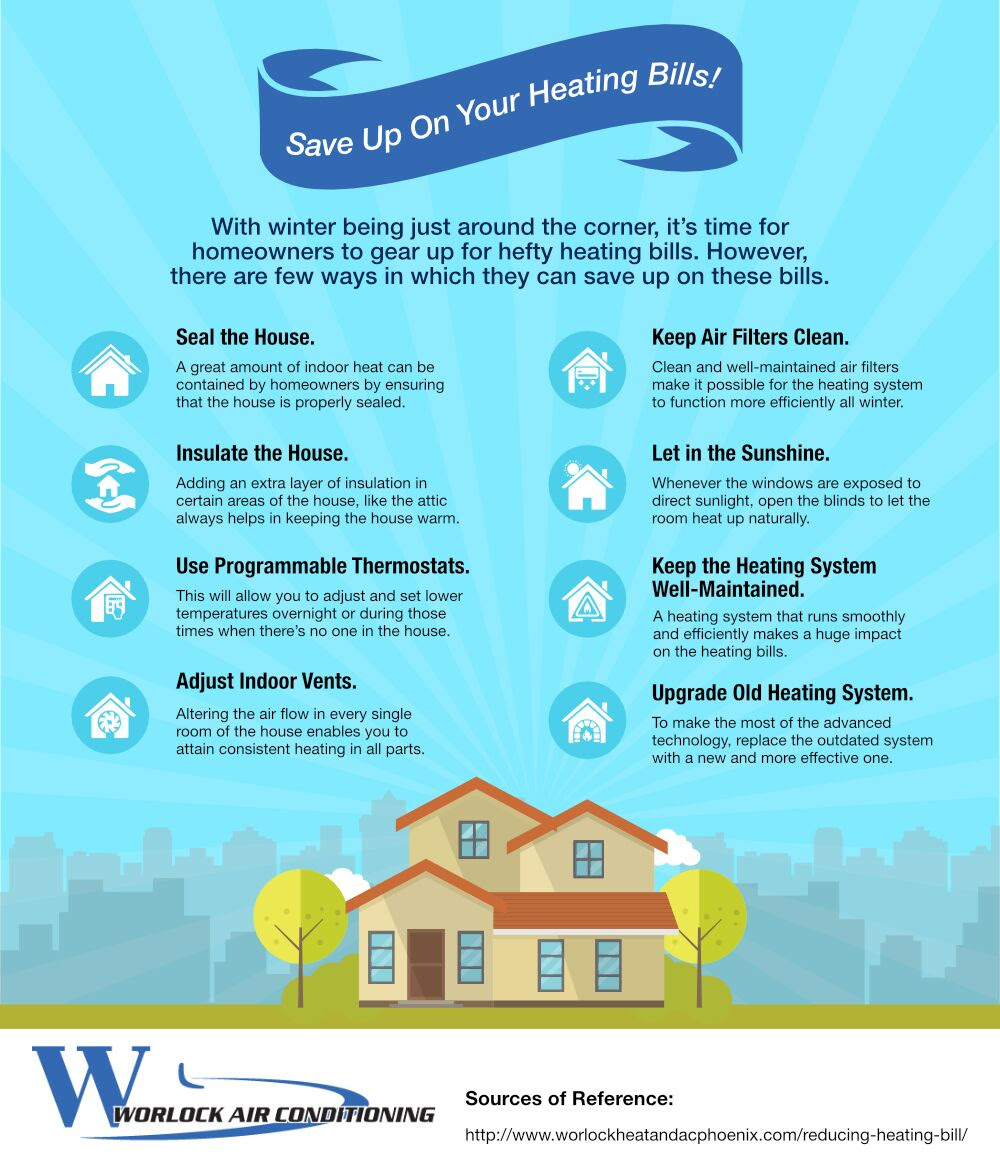Discover The Key Techniques To Boost The Efficiency And Life-Span Of Your Heatpump System By Avoiding Normal Installation Mistakes
Discover The Key Techniques To Boost The Efficiency And Life-Span Of Your Heatpump System By Avoiding Normal Installation Mistakes
Blog Article
Post By-Dowling Ploug
When installing a heat pump, you need to avoid common mistakes that might jeopardize its effectiveness. Ignoring appropriate sizing might cause inadequacies and higher utility costs. Ignoring insulation and sealing can cause energy wastage and pressure on the system. Furthermore, positioning the outdoor device incorrectly might influence its performance. By staying clear of these mistakes, you can make sure optimum functioning and durability of your heatpump system.
Improper Sizing of Heat Pump
When it concerns the installation of heatpump, among the most usual errors is incorrectly sizing the device for your space. Guaranteeing the right dimension is essential for ideal efficiency. If the heatpump is too small, it will certainly have a hard time to heat or cool your room effectively, bring about enhanced energy bills and potential deterioration on the unit.
On the other hand, if the heatpump is too large, it will certainly cycle on and off often, triggering temperature level fluctuations and lowering its life expectancy.
To avoid this mistake, it's essential to have a specialist analyze your space and advise the appropriate size of the heatpump based on elements like square video footage, insulation, ceiling elevation, and regional climate. By investing the time and initiative to make certain the correct sizing, you can take pleasure in a comfortable setting while making the most of energy performance and lengthening the life expectancy of your heatpump.
Inadequate Insulation and Sealing
To guarantee the efficient operation of your heat pump, it's essential to deal with insufficient insulation and sealing in your room. Proper insulation helps maintain a constant temperature level inside, decreasing the workload on your heat pump. Poor insulation can bring about power loss, making your heat pump job harder and less successfully.
Securing any type of spaces or leakages in your room is just as important. These gaps enable conditioned air to get away and exterior air to leak in, compeling your heat pump to compensate for the temperature level fluctuations.
Inaccurate Positioning of Outdoor Unit
Dealing with the positioning of your heat pump's outdoor device is vital to maximizing its performance. Mounting the outdoor device in an incorrect area can bring about effectiveness problems and potential damage to the unit.
One common error to prevent is putting the exterior unit too close to a wall or various other frameworks. This can limit air flow, creating the unit to work harder to heat or cool your area, eventually lowering its efficiency and life-span.
Another error to stay away from is placing the outdoor device in straight sunlight. While some sunshine is inevitable, excessive exposure can lead to overheating, specifically throughout hot summer season days. It's finest to position the outdoor unit in a shaded location to assist keep its optimum operating temperature.
Moreover, ensure that the exterior unit is positioned on a secure and degree surface. Irregular ground can create resonances and unneeded stress on the system, influencing its efficiency over time.
https://newswire.net/newsroom/blog-post/00115460-what-is-r22-refrigerant-used-for-repair-tips.html , staying clear of usual blunders during heatpump setup is crucial for making best use of performance and durability of your system. By making Web Site sizing, ample insulation, securing, and appropriate positioning of the exterior system, you can avoid problems such as ineffectiveness, increased energy costs, and stress on the device. Putting in the time to deal with these vital aspects will eventually save you money and time in the long run.
